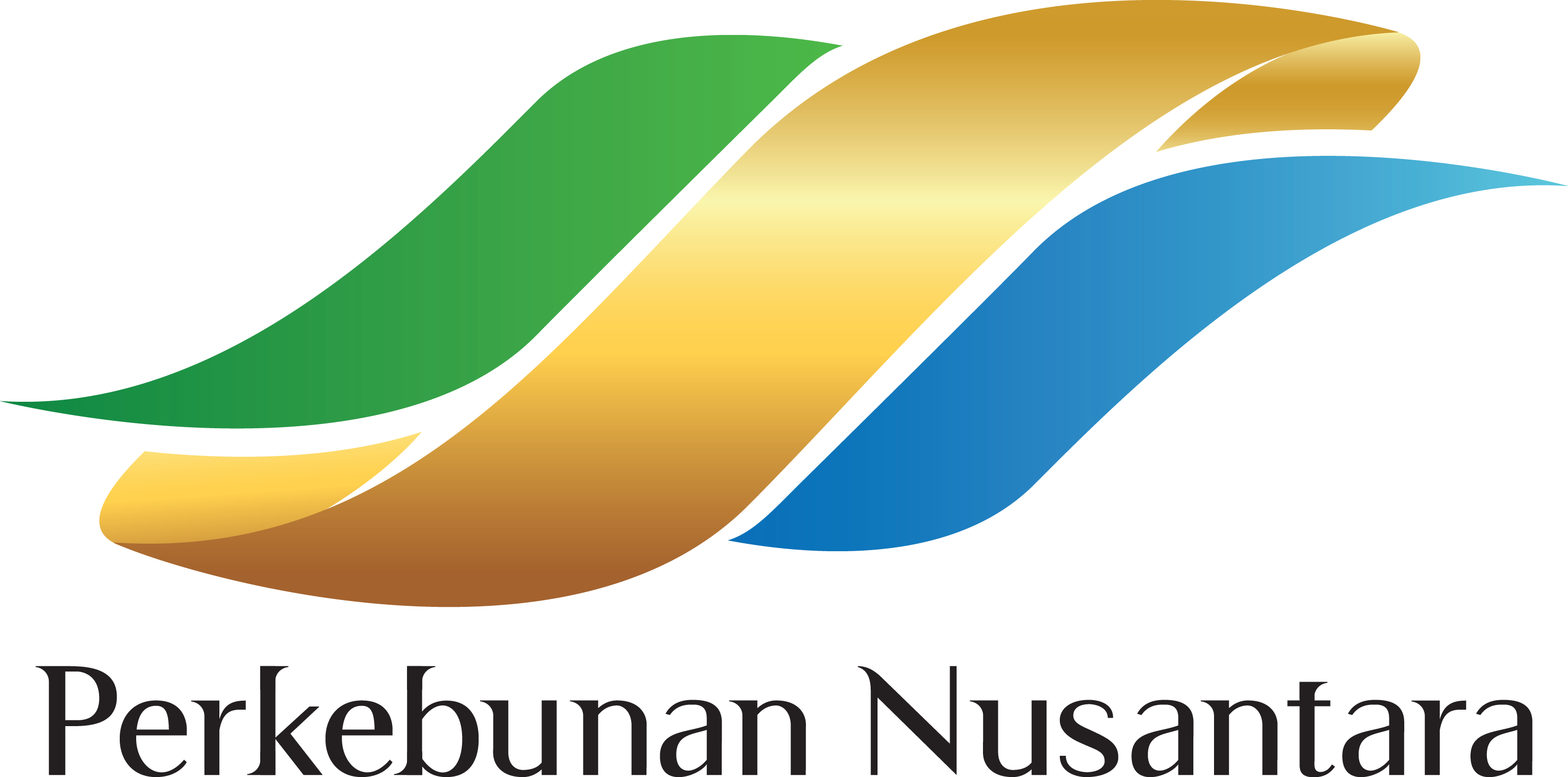Health & Safety
Kesehatan dan keselamatan
The health and safety of workers has a significant impact on PTPN operational activities. The Company has made a commitment to achieve zero accidents in the PTPN work environment in order to foster productivity growth. The Company adopts many policies and initiatives to address worker health and safety risks, including worker safety and health management system, training, and periodic audits.
In achieving the commitment, the Company has implemented several initiatives:
- Implementation of the Occupational Health and Safety Management System (SMK3), audited every 3 years in accordance with Government Regulation No. 50 of 2012
- The implementation of SMK3 within the Company is guaranteed by the Board of Directors
- Socialization, training, and fulfillment of qualifications or certification for personnel requiring specific qualifications
- The development of the SIMAKO (Risk Management System) application to carry out risk identification by all risk owners with information technology systems
- Periodic examinations of equipment, rooms, and other facilities and infrastructure
- Training to obtain a special work permit for workers who carry out work in high-risk environments, namely those who work above 3-4 meters and harvest on power lines.
With these initiatives, PTPN has succeeded in reducing the lost time injury frequency rate (LTIFR) since 2020 at around 2. However, the Company will not stop working until this figure can be reduced consistently. The Company is committed to achieving zero fatalities at PTPN and reducing LTIFR by 15% annually. Development of initiatives to further improve work safety include:
- Strengthening hazard identification & assessment mechanisms to identify, monitor (including minor hazards) through SIMAKO application
- Ensuring the running of internal processes to track the mitigation process & PIC of all identified hazards
- Ensuring compliance & obtaining international certifications, for example ISO 45001 on OHS Tingkatkan program kebugaran di luar keselamatan & kesehatan kerja (mis., pelacakan penyakit & pengobatan penyakit kronis)
- Improving wellness program beyond occupational health & safety (e.g. disease tracking & chronic disease treatment)
- Developing VR simulation safety training to accelerate understanding of junior employees
- Developing safety training/programs to achieve safety priority targets (e.g. rotation program to learn best practices)
- Concentrating safety lessons from multiple plantation sites to share best practices
- Developing a structured way of working for contractors to align & adopt PTPN management & culture


